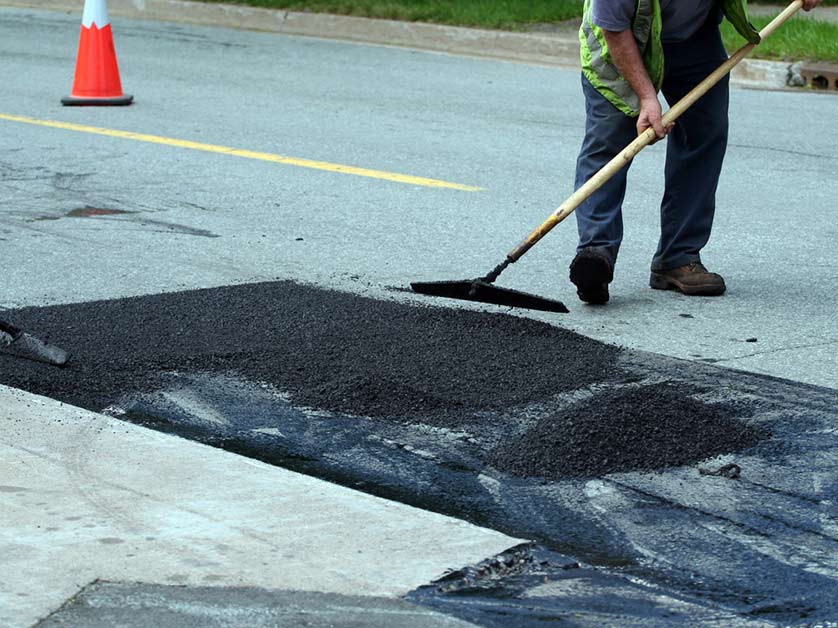
Asphalt paving, while durable and cost-effective, requires proper maintenance to ensure its longevity. One crucial aspect often overlooked is the drainage system—especially in areas like Naples, FL, where we see a mix of heavy rains and sunny days that can collectively impact your paving. Without adequate drainage, asphalt surfaces can suffer significant damage over time. Recognizing the signs of improper drainage early can save property owners time, money, and the hassle associated with extensive repairs.

Pooling Water: More Than Just a Puddle
After rainfall, it’s not unusual to see water accumulating on various surfaces. However, on asphalt, it should drain away quickly. Pooling water is one of the most obvious indicators that your paving has inadequate drainage. This stagnant water not only weakens the asphalt’s structure by seeping into and eroding the base material but also contributes to the formation of potholes and cracks, compromising the surface integrity and safety.
Surface Erosion: The Silent Culprit
When we think of erosion, vast landscapes changed over millennia might come to mind, but it happens on a smaller scale on your driveway or parking lot. If you notice sand, small stones, or debris, these are signs your asphalt’s top layer is wearing away due to improper drainage. Over time, this erosion can expose the base layer, accelerating damage and reducing the pavement’s lifespan.
Foundation Issues: A Costly Outcome
In Naples, the water table can sometimes be high, exacerbating the risks associated with poor drainage. Water accumulating around your asphalt pavement can seep into the subgrade and affect the foundation of nearby structures. Over time, this can lead to settling, cracks, and even structural damage to buildings, requiring expensive and invasive repairs.
The Risks of Delayed Action
The importance of addressing drainage issues promptly cannot be overstated. Standing water deteriorates asphalt quickly, leading to safety hazards and potential liability concerns due to slips or vehicle damage. Moreover, the costs associated with restoring a damaged foundation or extensively repairing or replacing your asphalt paving far exceed those for correcting drainage issues early on.
How Bonness Can Help
At Bonness Inc., we understand the unique challenges property owners face when it comes to maintaining their asphalt paving. Whether it’s installing trench drains, regrading surfaces, or ensuring the sub-base is properly prepared to prevent moisture retention, our team of professionals has the expertise to address any drainage issue. With state-of-the-art equipment and a dedication to quality, we ensure that water is effectively channeled away from your pavement, protecting your investment for years to come.
Ignoring the signs of inadequate drainage can lead to extensive and costly damage. If you’re experiencing pooling water, noticing material erosion, or are concerned about the impact on your foundation, it’s time to act. Contact Bonness today at (239) 597-6221 or fill out our online form for a consultation. Let us help you preserve the integrity of your asphalt paving with solutions tailored to the climate and conditions of Naples, FL.




